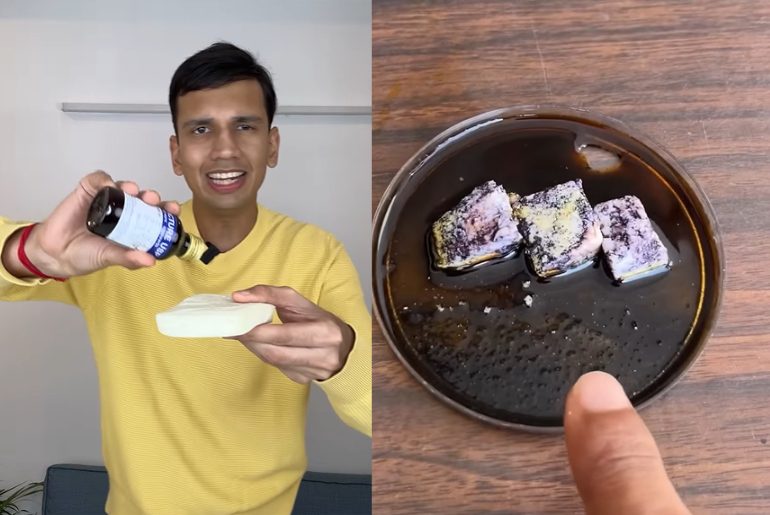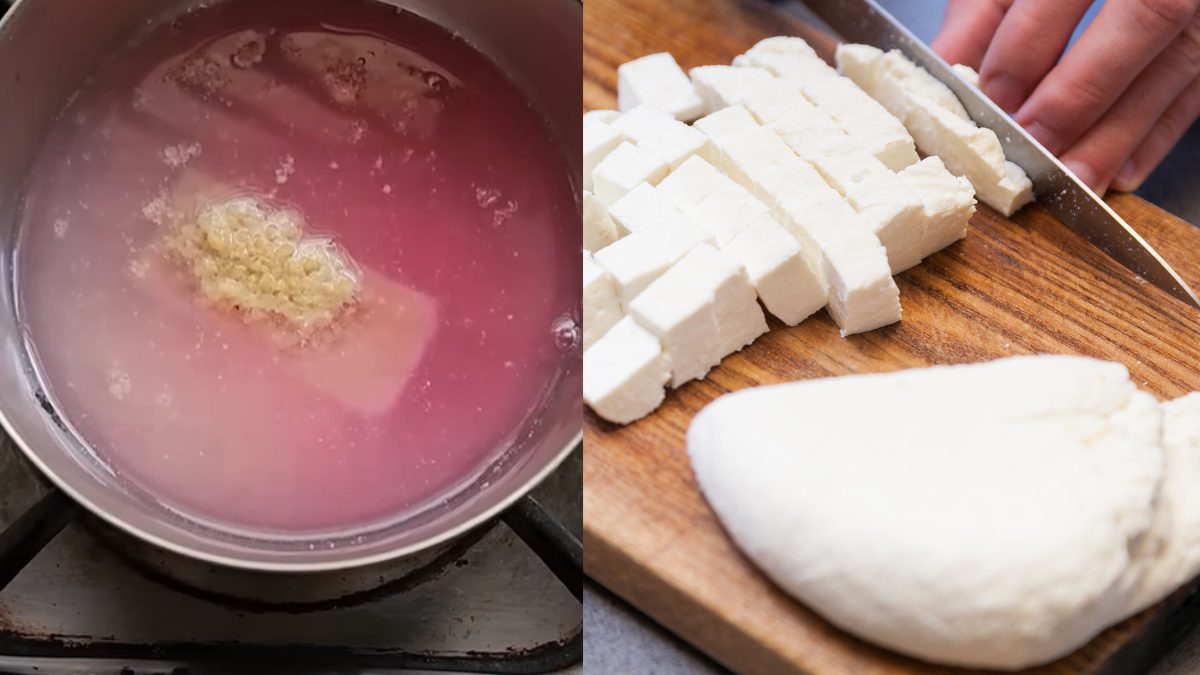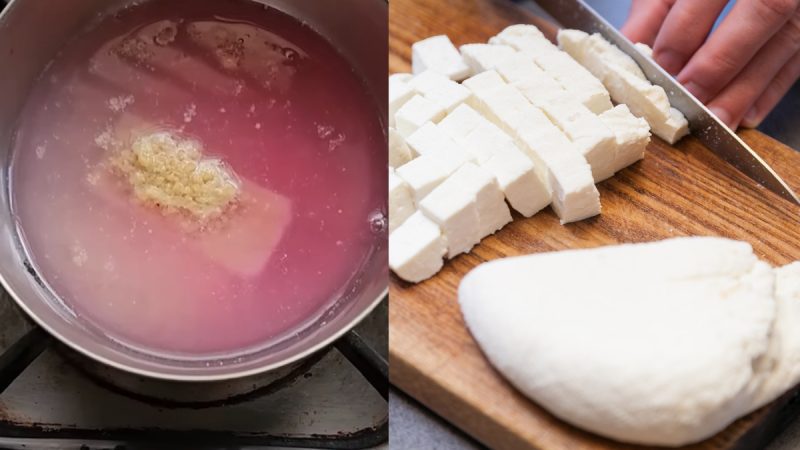Paneer is a staple in Indian kitchens, loved for its soft texture, rich taste, and high protein content. But what if the paneer you’re eating isn’t actually paneer at all? A disturbing trend has taken over India’s street food stalls, restaurants, and even some stores: analogue paneer. This cheap, synthetic imitation is made using starch and vegetable oils instead of pure milk. However, these are some simple ways to identify adulterants at home and avoid analogue paneer.
The Ultimate Guide To Identifying Fake, Analogue Paneer
View this post on Instagram
Unlike traditional paneer, which is packed with protein, calcium, and vitamin B12, analogue paneer is often loaded with trans fats and artificial additives, making it a health hazard. Regular consumption can increase cholesterol levels, lead to digestive issues, and even affect heart health. And the worst part? Many of us consume it unknowingly every single day!
3 Simple Tests to Identify Fake Paneer
Thankfully, Instagram content creator Revant Himatsingka (Foodpharmer) shared three easy ways to check if your paneer is real or fake:
1. The Toor Dal Test To Check For Urea
- Boil a piece of paneer in water.
- Add a small amount of toor dal to the water.
- If the water turns pink, the paneer contains urea, which can be dangerous when consumed, especially for kidney health.
2. The Ingredient Check To Spot Starch & Oils
- If you’re buying packaged paneer, check the ingredient list.
- Real paneer should contain only milk solids and citric acid.
- If the packaging lists vegetable oil, palm oil, or starch, it is analogue paneer.
- Some brands also write ‘analogue paneer; in tiny font, so read carefully!
3. The Iodine Test To Check For Starch
- Pour a few drops of iodine solution on the paneer.
- If the paneer turns blue, it contains starch, confirming that it’s fake.
Not All Paneer Is Real

If the paneer is suspiciously cheap, rubbery, or chewy when eaten, it’s almost certainly analogue. Real paneer has a soft, creamy texture that melts in your mouth, while analogue paneer tends to feel more processed and artificial.
Analogue Paneer may look like real paneer, but it lacks essential nutrients and can actually be harmful to your health. Fake paneer has entered countless restaurants and street vendors, but now you have the knowledge to spot and avoid it. Choose pure, fresh, and unadulterated paneer for your health and well-being.
Cover Image Courtesy: Canva and Revant Himatsingka/Instagram
For more such snackable content, interesting discoveries and the latest updates on food, travel and experiences in your city, download the Curly Tales App. Download HERE. First Published: February 19, 2025 11:38 AM




